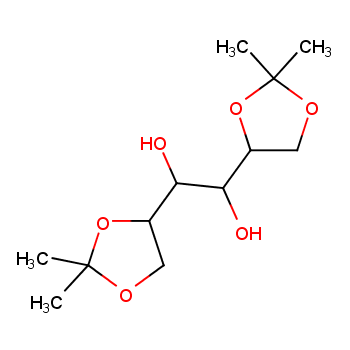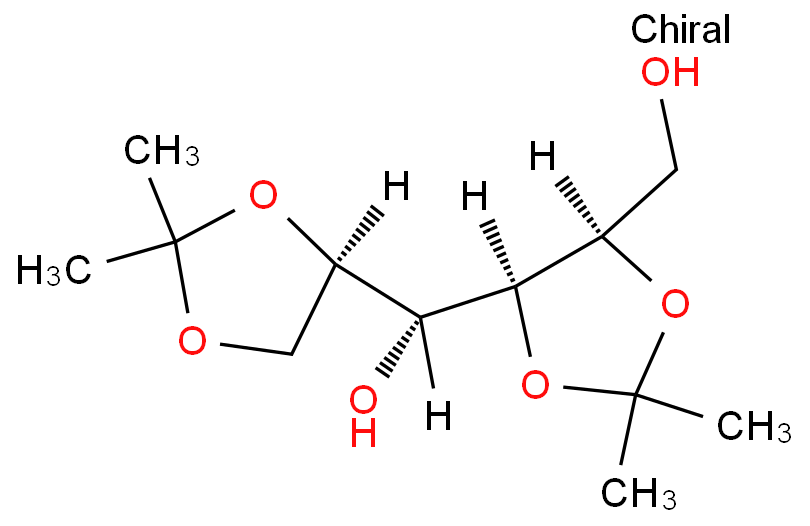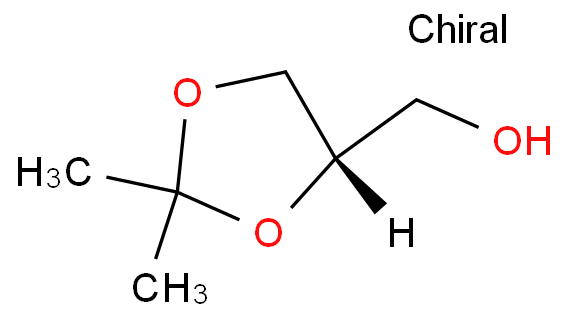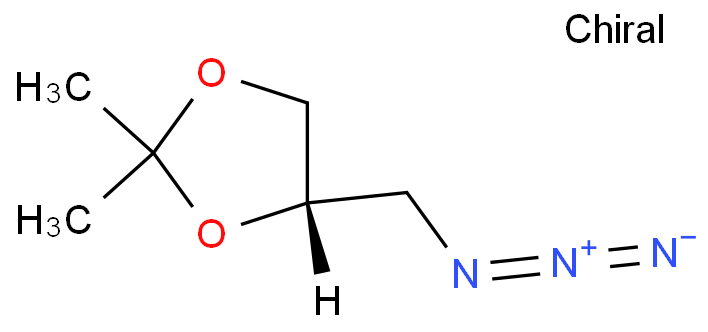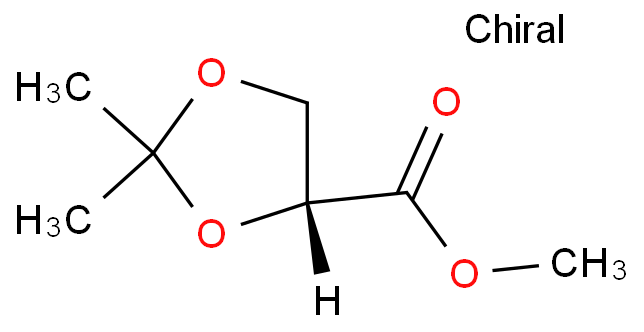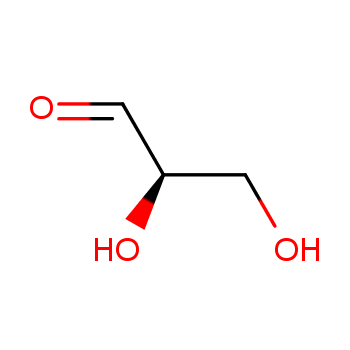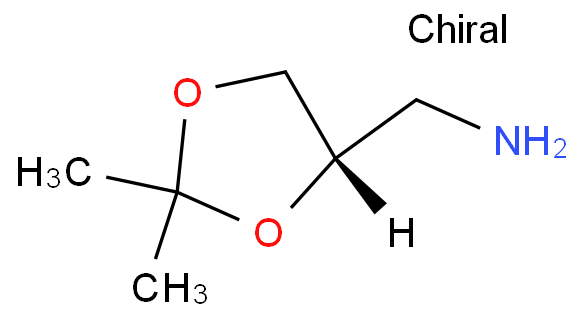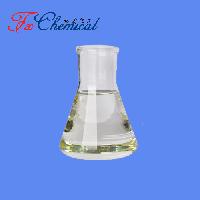-
(R)-(+)-2,2-Dimethyl-1,3-dioxolane-4-carboxaldehyde
(R)-(+)-2,2-Dimethyl-1,3-dioxolane-4-carboxaldehyde, with the chemical formula C7H12O3 and CAS registry number 15186-48-8, is a compound known for its applications in various chemical processes. This colorless liquid, also referred to as (R)-(+)-Dimethyl-1,3-dioxolane-4-carboxaldehyde, is characterized by its dioxolane and carboxaldehyde functional groups. It is commonly used as a chiral building block in organic synthesis, offering a versatile platform for the introduction of the (R)-(+)-dimethyl-1,3-dioxolane-4-carboxaldehyde moiety into different molecules.
View more+
1. Names and Identifiers
2. Properties
3. Use and Manufacturing
4. Safety and Handling
5. MSDS
6. Synthesis Route
7. Precursor and Product
8. Computed Properties
11. Related Questions
12. Realated Product Infomation
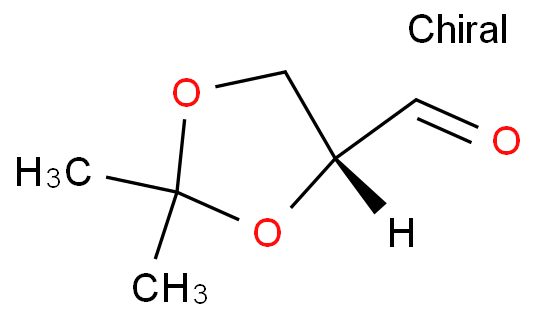
 EN
EN


